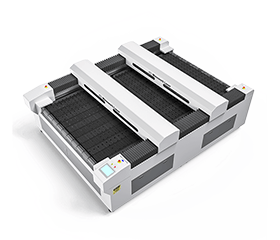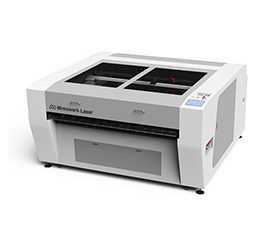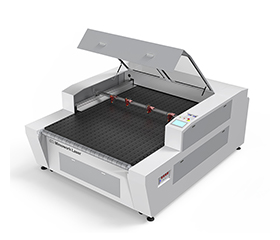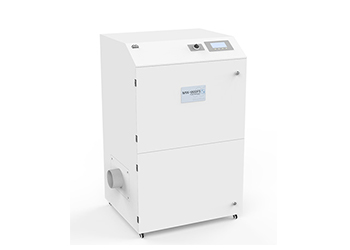How to cut fiberglass without splintering

Cutting fiberglass often leads to frayed edges, loose fibers, and time-consuming clean‑up—frustrating, right? With CO₂ laser technology, you can laser cut fiberglass smoothly, holding fibers in place to prevent splintering, and streamline your workflow with clean, precise results every time.
Troubles in Cutting Fiberglass
When you cut fiberglass with traditional tools, the blade often follows the path of least resistance, making the fibers pull apart and splinter along the edge. A dull blade only makes things worse, dragging and tearing the fibers even more. That’s why many professionals now prefer to laser cut fiberglass—it’s a cleaner, more precise solution that keeps the material intact and reduces post‑processing work.
Another big challenge with fiberglass is its resin matrix—it’s often brittle and can crack easily, which leads to splintering when you cut it. This problem gets worse if the material is old or has been exposed to heat, cold, or moisture over time. That’s why many professionals prefer to laser cut fiberglass, avoiding mechanical stress and keeping the edges clean and intact, no matter the condition of the material.
Which One is Your Preferred Cutting Way
When you use tools like sharp blade or rotary tool to cut fiberglass cloth, the tool will wear off gradually. Then the tools will drag and tear the fiberglass cloth apart. Sometimes when you move the tools too quickly, this can cause the fibers to heat up and melt, which can further exacerbate splintering. So the alternative option to cut fiberglass is using CO2 laser cutting machine, which can help to prevent splintering by holding the fibers in place and providing a clean cutting edge.
Why choose CO2 Laser Cutter
No splintering, no wear to tool
Laser cutting is a contact-less cutting method, which means that it does not require physical contact between the cutting tool and the material being cut. Instead, it uses a high-powered laser beam to melt and vaporize the material along the cut line.
High Precise Cutting
This has several advantages over traditional cutting methods, particularly when cutting materials like fiberglass. Because the laser beam is so focused, it can create very precise cuts without splintering or fraying the material.
Flexible Shapes Cutting
It also allows for cutting complex shapes and intricate patterns with a high degree of accuracy and repeatability.
Simple Maintenance
Because laser cutting is contact-less, it also reduces the wear and tear on cutting tools, which can prolong their lifespan and reduce maintenance costs. It also eliminates the need for lubricants or coolants that are commonly used in traditional cutting methods, which can be messy and require additional clean-up.
One of the biggest advantages of laser cutting is that it’s completely contact‑less, which makes it ideal for working with fiberglass and other delicate materials that easily splinter or fray. But safety should always come first. When you laser cut fiberglass, make sure you’re wearing the right PPE—like goggles and a respirator—and keep the workspace well‑ventilated to avoid inhaling fumes or fine dust. It’s also crucial to use a laser cutter designed specifically for fiberglass and follow the manufacturer’s guidelines for proper operation and regular maintenance.
Learn more about how to laser cut fiberglass
Recommended Fiberglass Laser Cutting Machine
Fume Extractor – Purify Working Environment
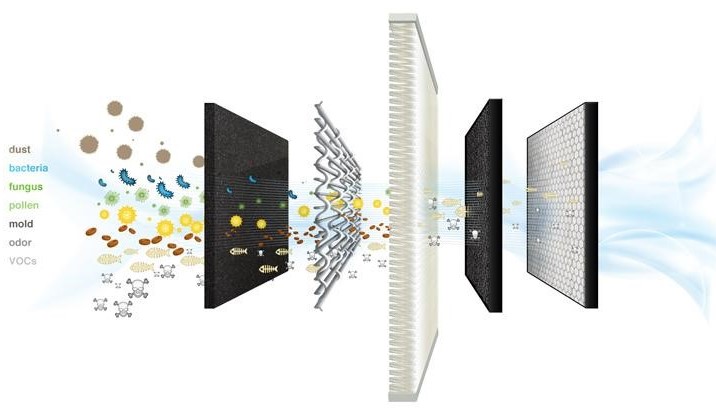
When cutting fiberglass with a laser, the process can generate smoke and fumes, which can be harmful to health if inhaled. The smoke and fumes are generated when the laser beam heats up the fiberglass, causing it to vaporize and release particles into the air. Using a fume extractor during laser cutting can help to protect the health and safety of workers by reducing their exposure to harmful fumes and particles. It can also help to improve the quality of the finished product by reducing the amount of debris and smoke that can interfere with the cutting process.
Common Materials of laser cutting
Post time: May-10-2023


